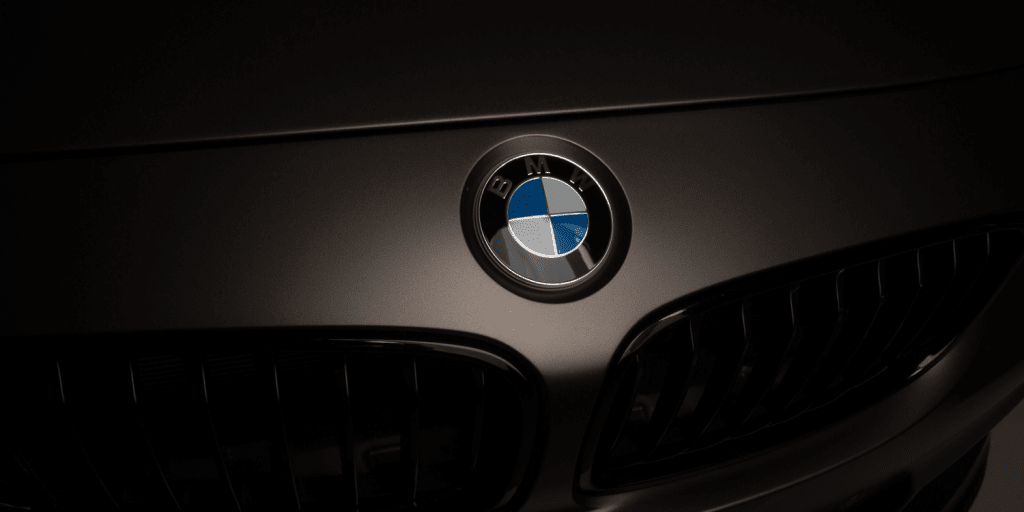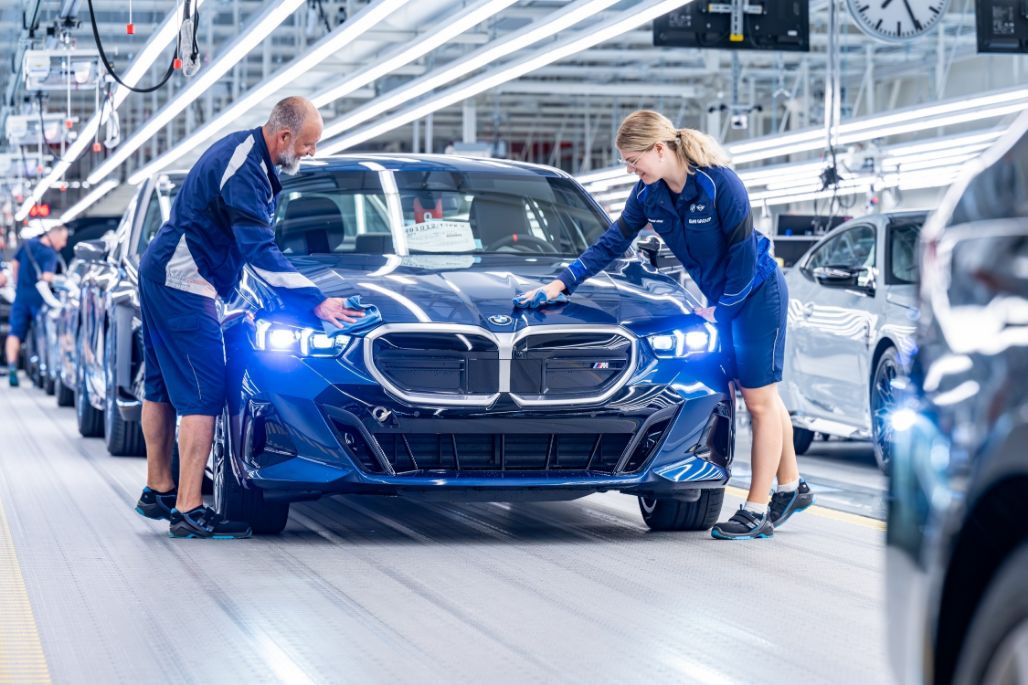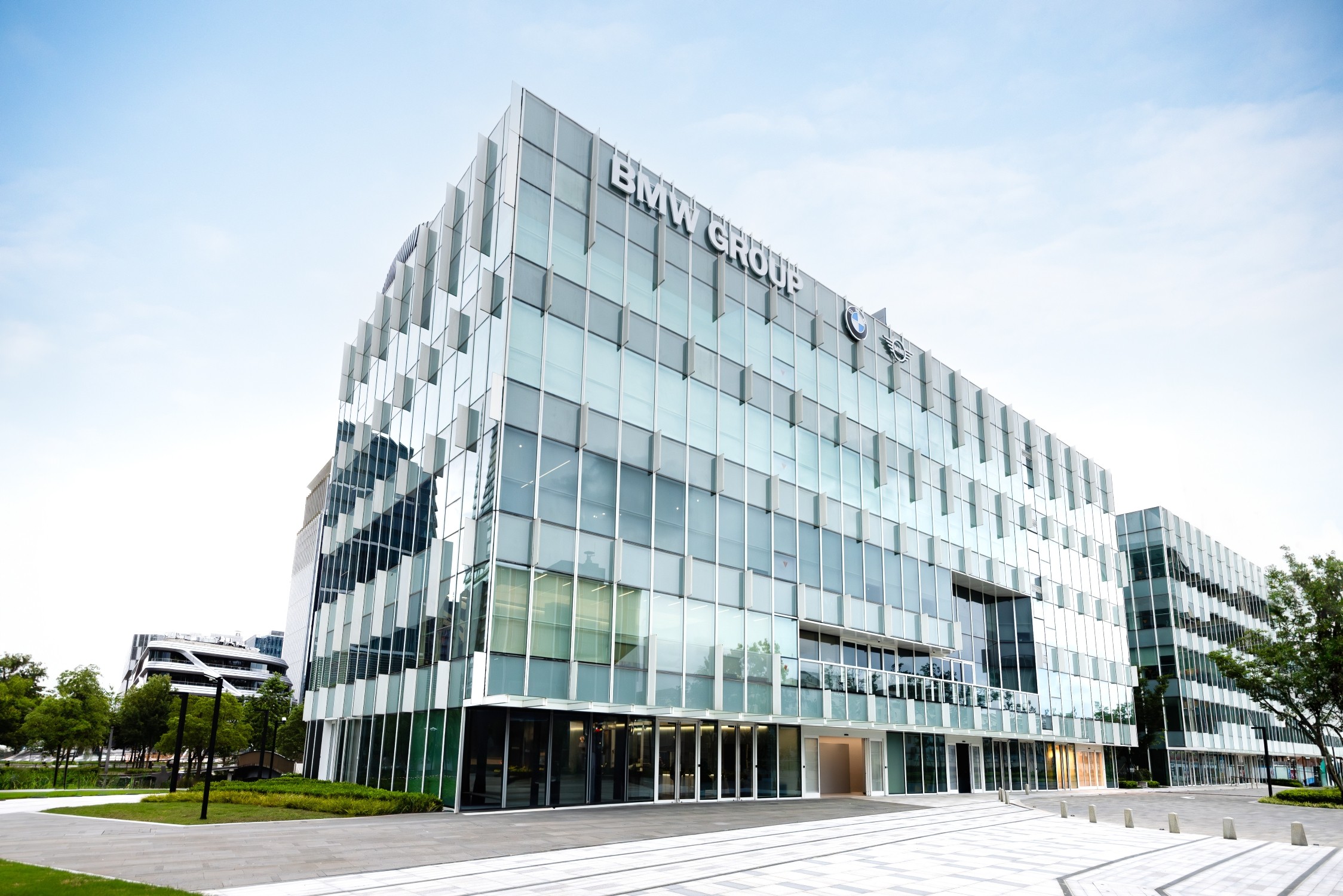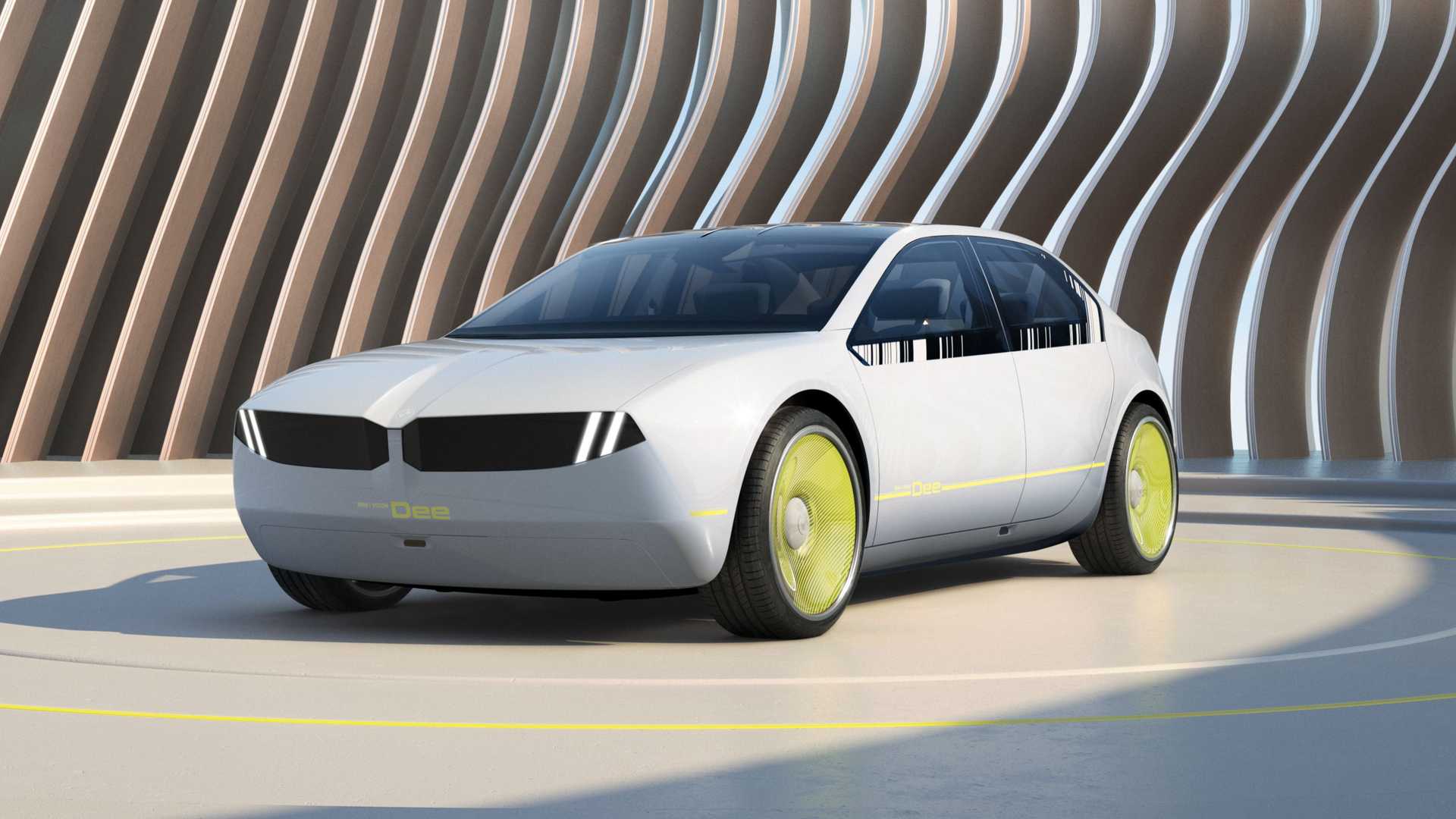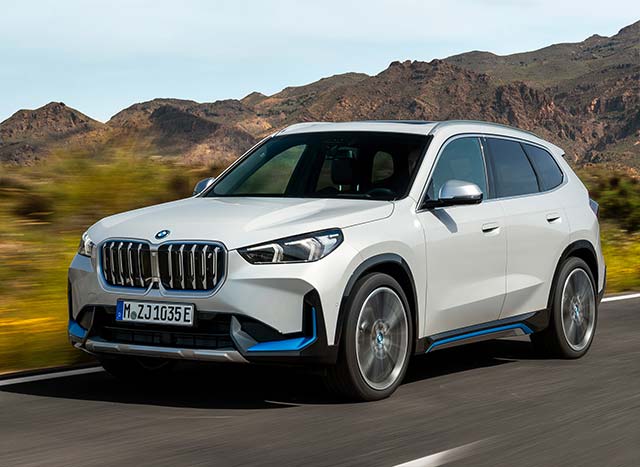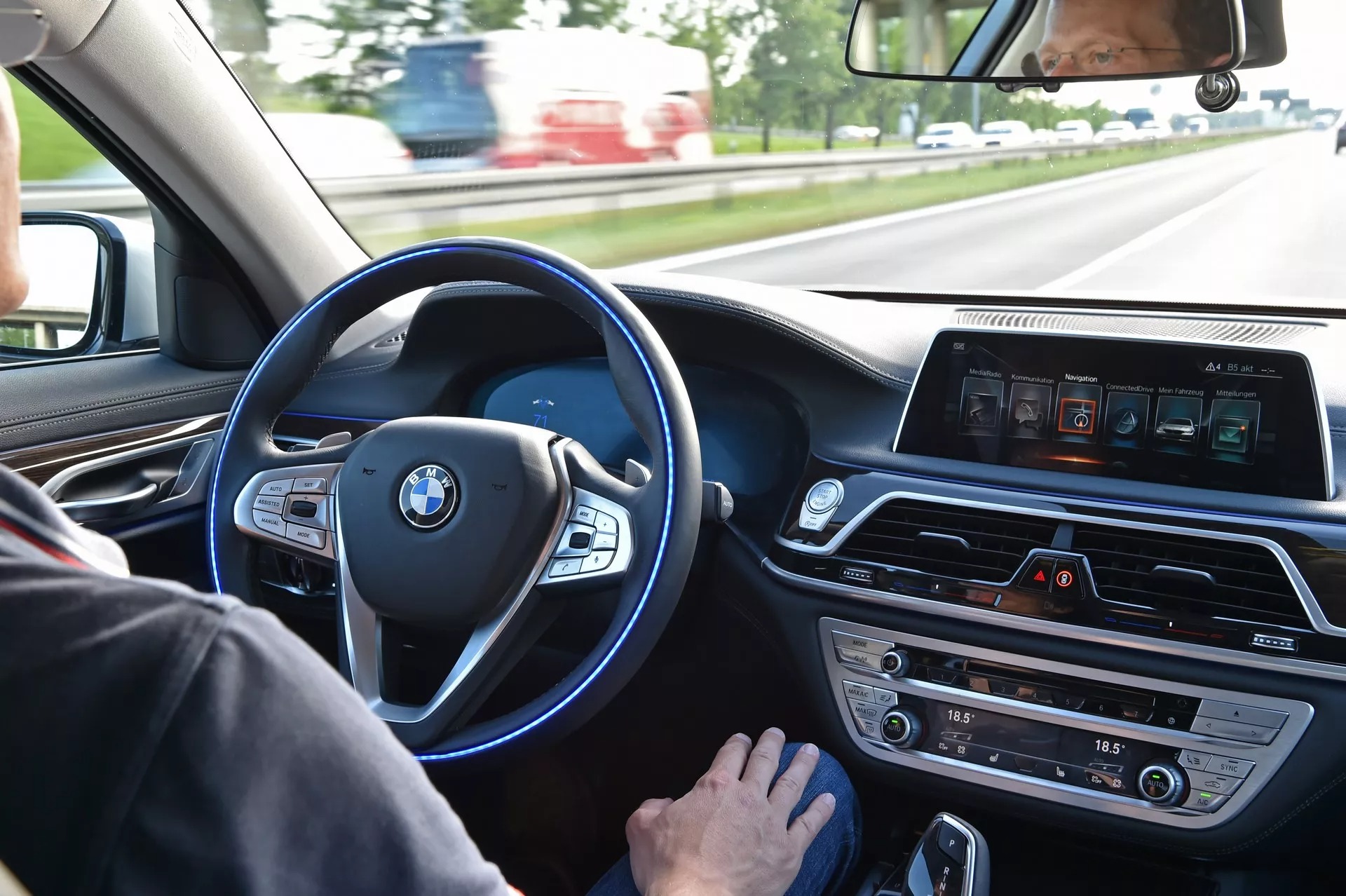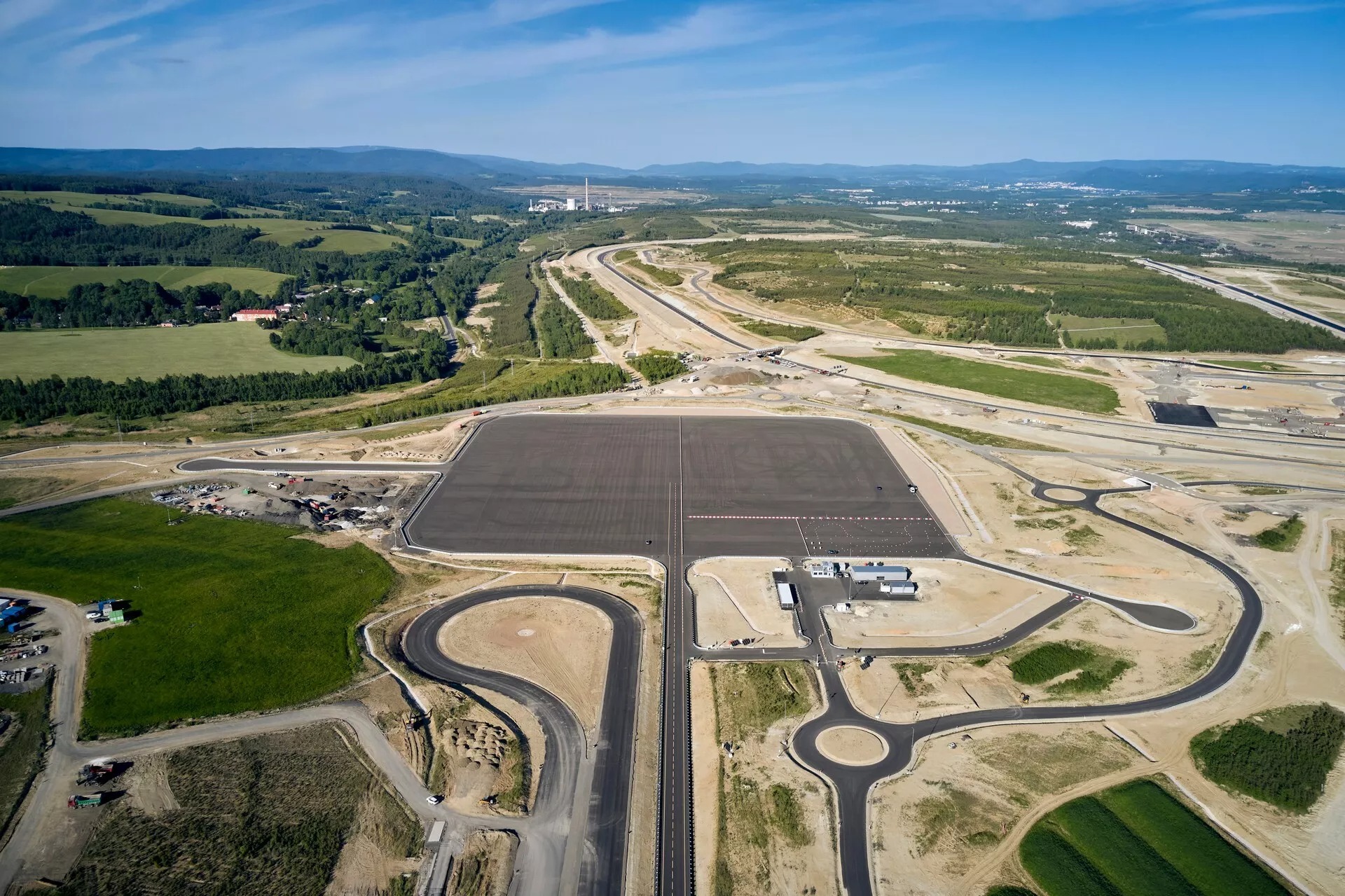As automakers delve deeper into the realm of electric vehicles (EVs), a new challenge arises: How can these futuristic cars effectively communicate with drivers without the familiar sounds and sensations of traditional gasoline engines and gearboxes? For high-performance EVs destined for the race track, this issue becomes even more critical. BMW M, known for its performance-oriented models, is acutely aware of this challenge as it ventures into the development of its inaugural electric model. To bridge this communication gap, the automaker is exploring groundbreaking solutions utilizing software.
BMW’s CEO, Frank van Meel, recently revealed the company’s efforts to address this challenge. Among the proposed solutions are simulated gears, acoustic cues, and vibration feedback, which could serve as the means for the M’s EV to interact with its driver. Van Meel emphasized the need for instantaneous communication between car and driver, especially when racing on the track, where glancing at the speedometer can be impractical. In contrast, traditional gas-powered cars offer valuable cues through engine sounds, gear shifter positioning, and rev indicators that keep drivers informed without diverting their attention from the road.
One inherent characteristic of many EVs is the absence of multiple gears, leading to the absence of tell-tale jolts produced by transmission shifts. However, some manufacturers have already started exploring ways to enhance driver feedback. For instance, the Porsche Taycan stands out as an EV equipped with a two-speed gearbox. Similarly, Hyundai’s latest EV, the Ioniq 5 N, employs software innovations to tackle this very challenge. Hyundai’s e-shift technology emulates an eight-speed dual-clutch automatic transmission, providing drivers with a sense of traditional gear shifting. This system operates in conjunction with N Active Sound +, a formula that offers three distinctive sound themes, each conveying crucial information about the car’s performance and energy usage. These innovations could serve as inspiration for BMW’s approach to their upcoming EV.
Automakers are no strangers to leveraging technology to enhance the driving experience. In response to the increased soundproofing and sturdier construction of modern gas-powered cars, some manufacturers have resorted to piping in artificial exhaust sounds. In the world of EVs, the pursuit of enhancing the driver’s connection with the vehicle doesn’t stop at software alone. As evidenced by Toyota’s patent application in 2022, there are even efforts to introduce clutch-operated manual transmissions for electric vehicles, aiming to strengthen the bond between driver and car.
While enthusiasts eagerly anticipate BMW’s electric debut, it appears they will have to exercise patience. The company is actively developing the model, and Frank van Meel hinted at an unveiling sometime within this decade. So, for those eager to witness the next evolution of EV driving communication, it’s best not to clear your calendars just yet. BMW’s ambition to create an electric masterpiece capable of engaging its driver through innovative software and design signals an exciting new chapter in the world of high-performance electric vehicles.

